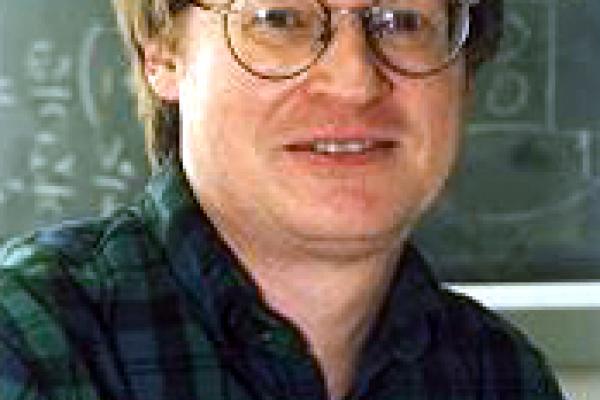
Plasma-based accelerators work by surfing electron or positron bunches on light-speed electron-density waves driven by intense ultrashort laser pulses or charged particle bunches in ionized gas. The accelerating field on which the leptons surf approaches 1 GV/cm, 4 orders of magnitude larger than the breakdown field of conventional metallic or dielectric accelerator structures. As a result a plasma-based GeV accelerator operates on a tabletop rather than a multi-acre real estate tract. Moreover it produces tiny bunches in which more than a billion leptons are packed into a sub-micron cubic volume, approaching the electron density of condensed matter. I will highlight recent advances in single-stage acceleration of electron and positron bunches to multi-GeV energy while maintaining few-percent energy spread, few-femtosecond duration, and sub-milliradian divergence. I will describe a new generation of diagnostics that researchers have invented to measure the tiny lepton bunches and the transient, light-speed, evolving plasma structures that accelerate them. I will survey recent progress in converting plasma-accelerated GeV electrons into bright, ultrashort, collimated, tunable x-ray and gamma-ray pulses with photon energy up to 75 MeV. Finally, I will comment on technical challenges, such as multi-staging and wallplug-efficient drive laser development, to realizing compact free-electron lasers and electron-positron colliders based on plasma accelerators.
